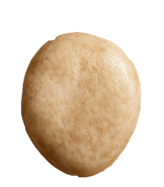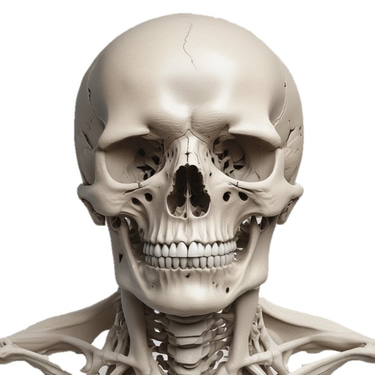
Types of Bones
The human skeletal system is made up of 206 bones that provide support, protection, and mobility to the body. These bones are classified according to their shape and function. Below, we explore each bone type and its main functions.
-Support: They hold up the body and give it shape.
-Protection: They protect internal organs (for example, the skull protects the brain).
-Movement: Muscles attach to bones and allow movement.
-Blood cell production: In the red bone marrow. -Storage: They store minerals such as calcium and phosphorus.
-Energy storage: The yellow bone marrow stores fat.

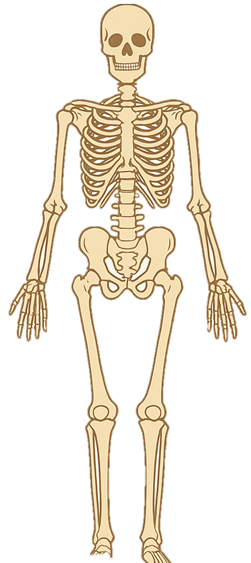
CLASSIFICATION OF BONES
*Long Bones*
Description: They are longer than they are wide. They have a shaft (body) and two ends (epiphysis).
Examples: Femur, humerus, tibia, fibula, radius, ulna.
Function: Weight support and movement.


GENERAL FUNCTIONS OF BONES
*Short Bones *
Description: They are almost cubic in shape, approximately equal in length, width, and thickness.
Examples: Carpal (wrist) and tarsal (ankle) bones.
Function: They provide stability and allow limited movement.
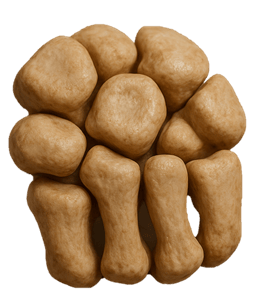

*Flat Bones*
Description: Thin, flattened, and generally curved.
Examples: Skull, sternum, ribs, scapula.
Function: Protection of vital organs and surface for muscle attachment.

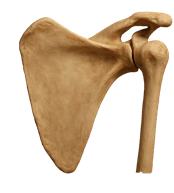
*Irregular Bones*
Description: Complex shapes, do not fit into any other category.
Examples: Vertebrae, sphenoid bone.
Function: Protection of nervous structures, support, and anchorage of muscles.

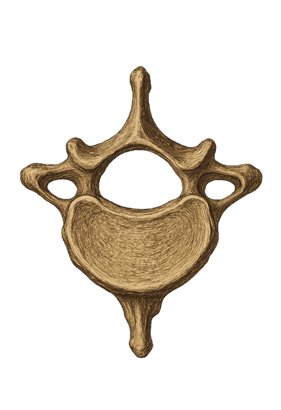
*Sesamoid Bones*
Description: Small and rounded, they are found within certain tendons.
Primary example: Patella (kneecap).
Function: They protect tendons from wear and tear and increase their mechanical efficiency.
